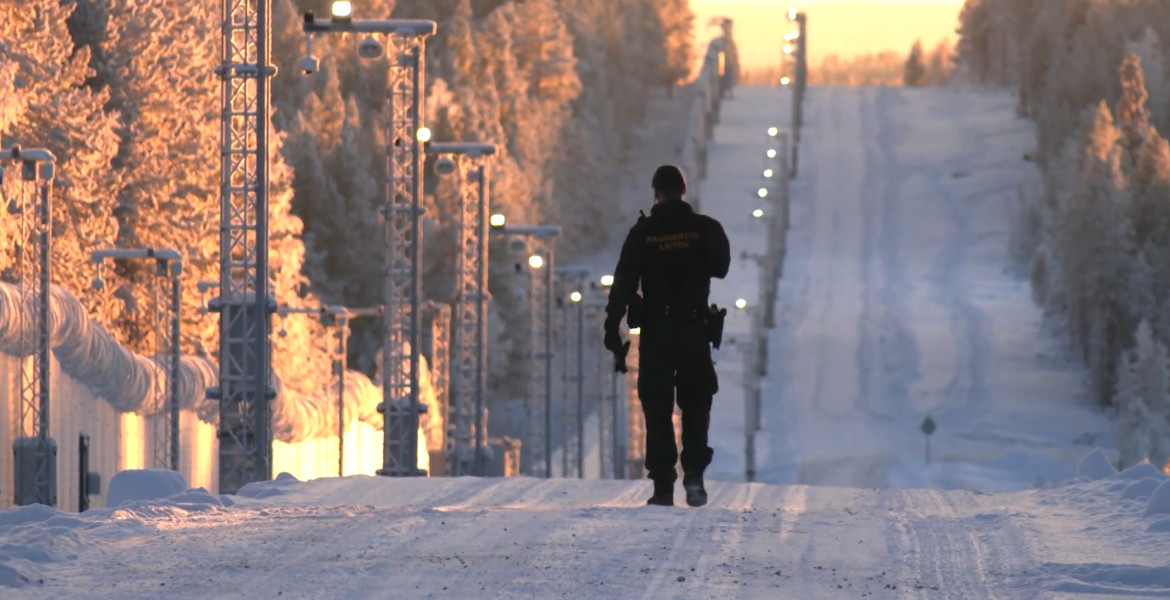The number of unemployed in Finland increased in December, compared to the same month in 2023. The open unemployment rate now stands at 8.9%.
In December 2024, the number of unemployed in Finland was 321,700, which is an increase of 24,000 compared to December 2023. Between November and December, the number of unemployed increased by 29,000, according to the Ministry of Labor and Health.
At the same time, the number of long-term unemployed rose to 109,600, representing an increase of 20%, while unemployment among young people under 25 increased by 12%. The number of job vacancies in Finland has also fallen sharply, from over 81,000 to 43,300 in one year.
In December, the unemployment rate reached 8.9%, an increase of 1.2 percentage points.




